Psychological Impact of TIIDM on Women in UK: Qualitative Review
VerifiedAdded on 2023/06/03
|12
|969
|470
Presentation
AI Summary
This presentation provides a qualitative review of the psychological impact of Type 2 Diabetes Mellitus (TIIDM) on women in the UK. It begins by highlighting the prevalence of TIIDM and its common treatment with insulin, which can disrupt hormonal balance and lead to depression. The research aims to investigate factors causing psychological stress and depression in affected women, with the goal of improving self-management strategies within healthcare organizations. The research questions explore the effects and risks of diabetes drugs, physical and psychological factors contributing to TIIDM, and challenges in management goals. Justification for the research stems from the increasing prevalence of TIIDM and associated health complications like obesity, cardiovascular disorders, and renal failure, which contribute to stress and depression. The literature review indicates that the likelihood of developing TIIDM increases with age and that the disease can disrupt hormonal balance, leading to psychological issues. The research methodology involves a qualitative study design using semi-structured interviews to identify psychological barriers associated with TIIDM, with data analyzed through thematic discussion.
1 out of 12
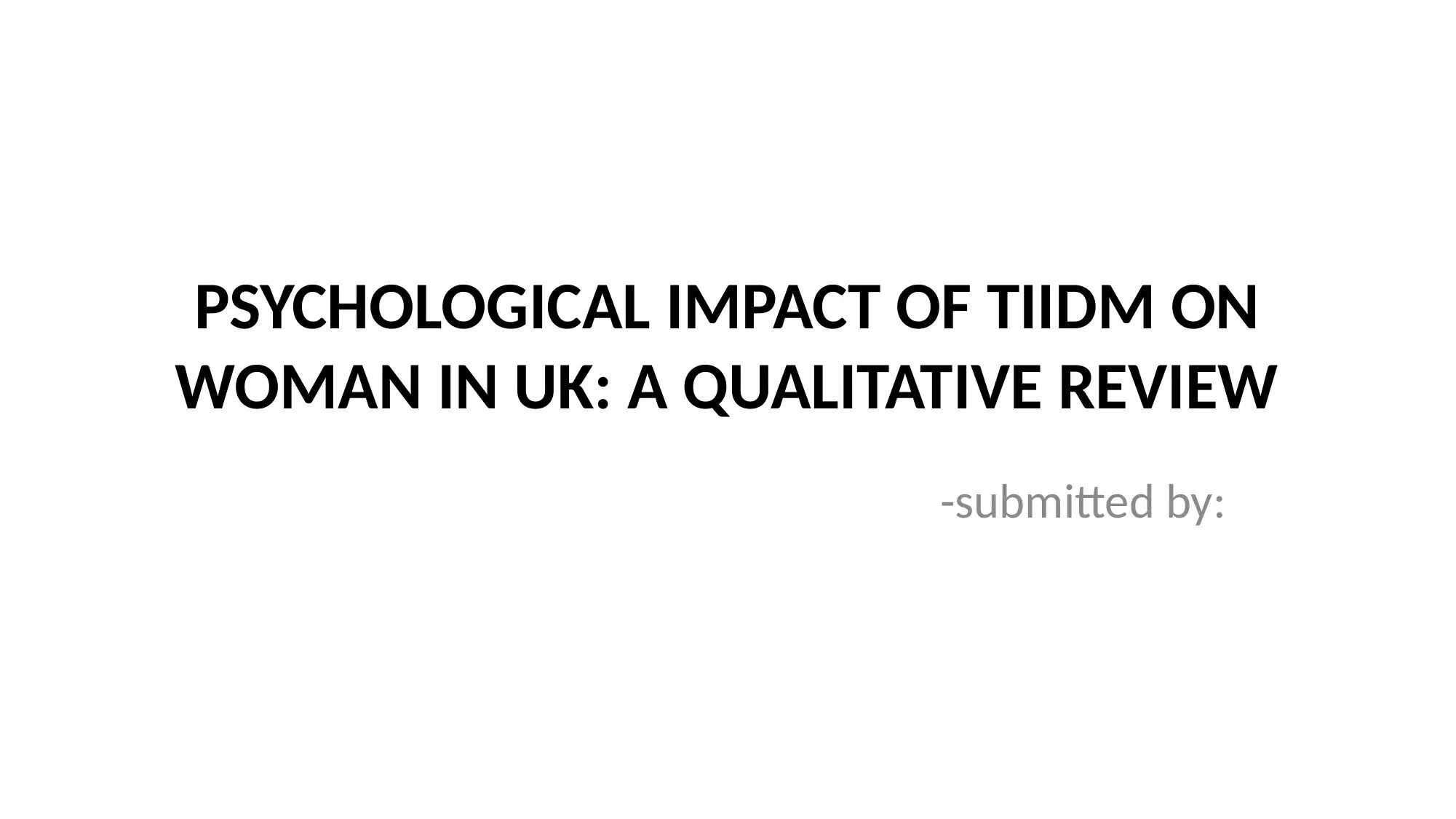
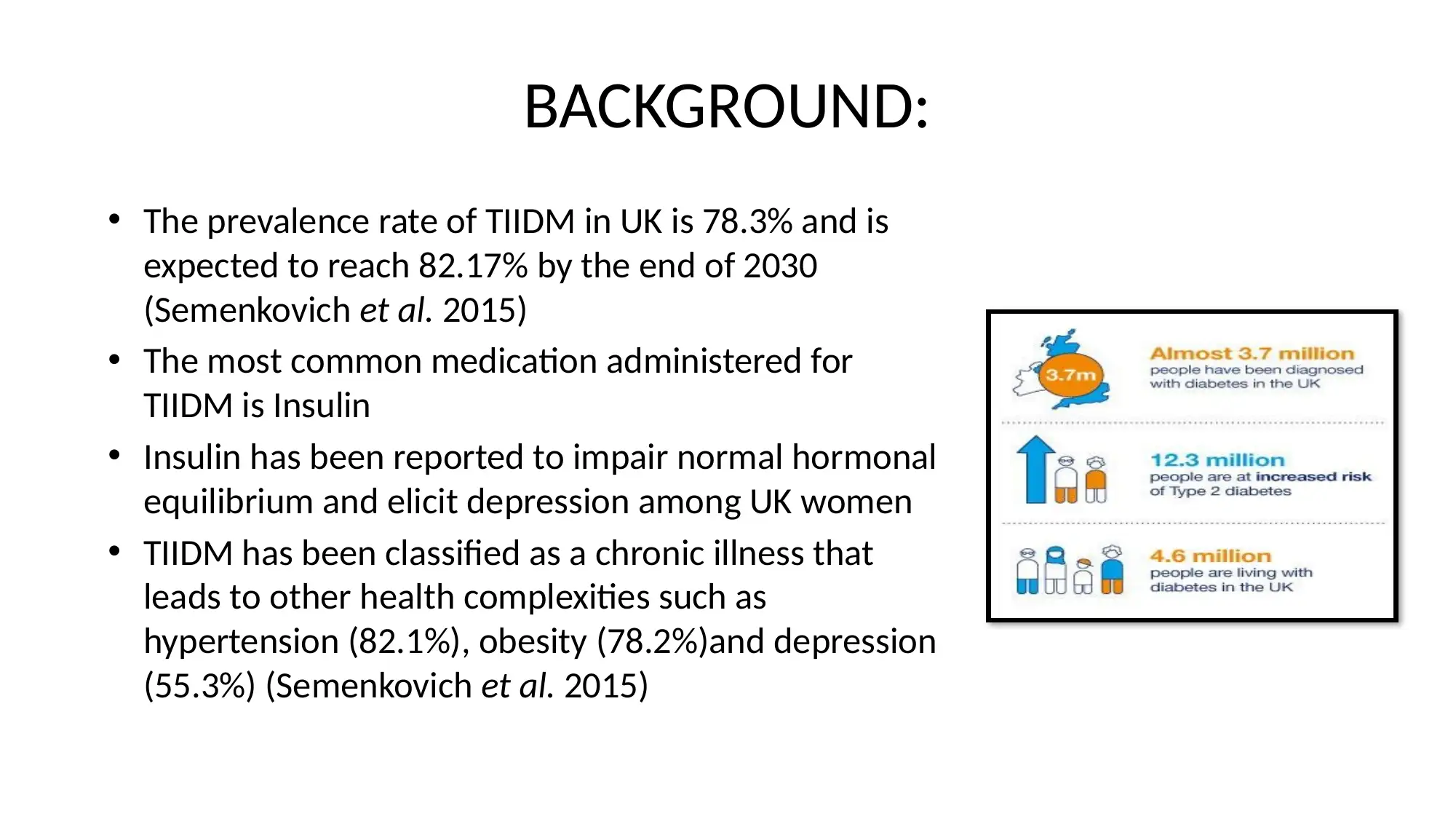
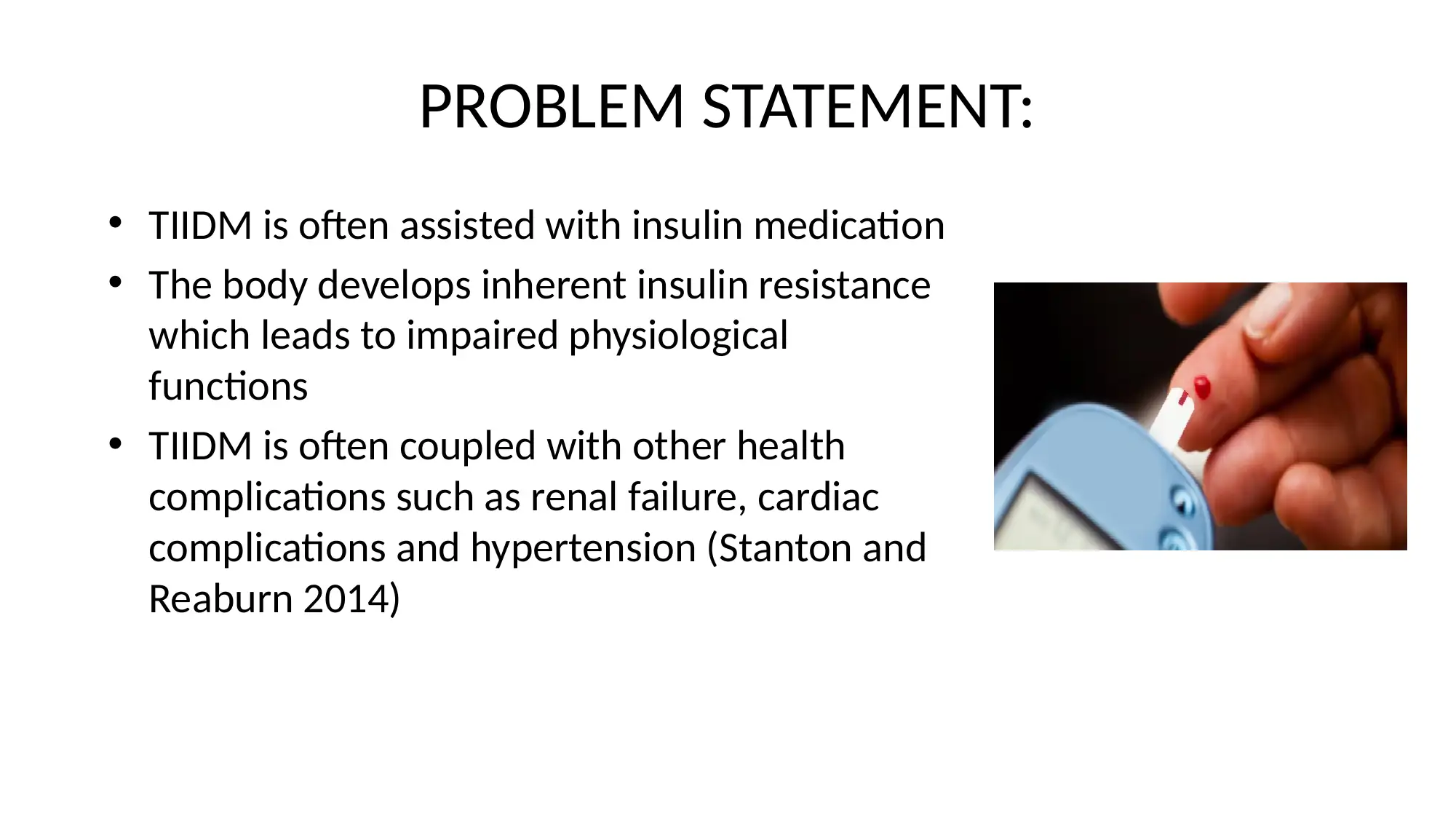

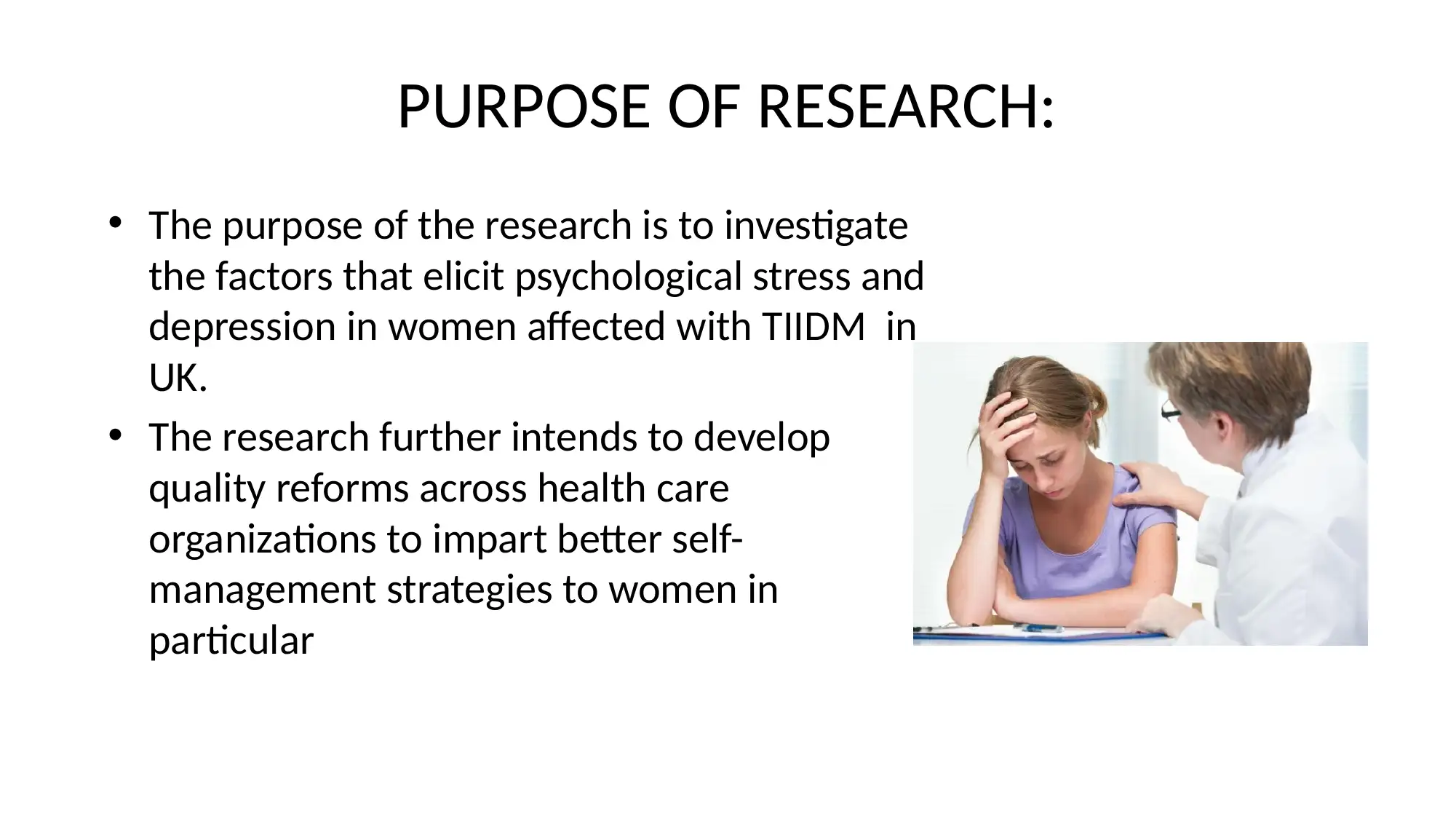
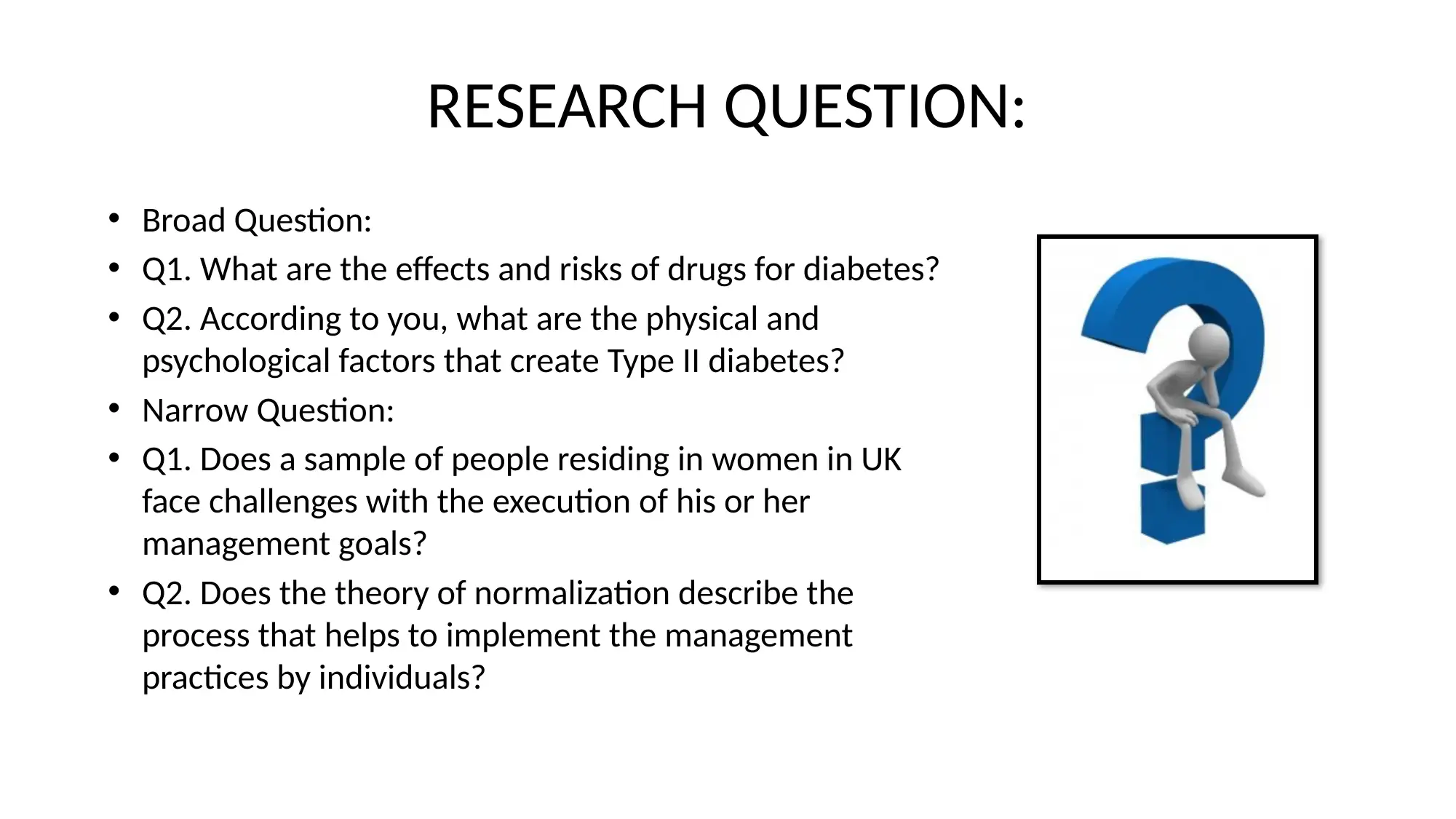
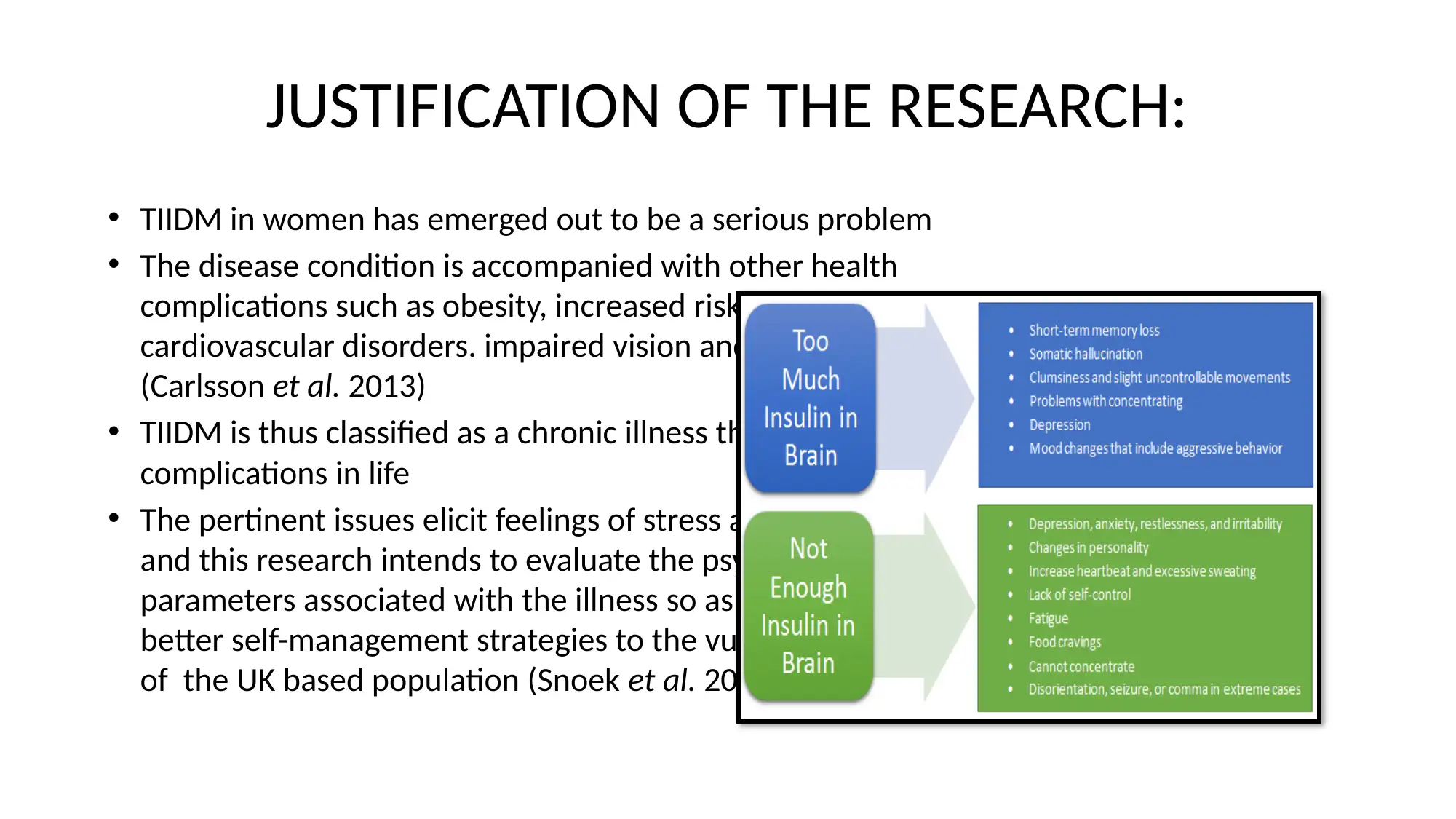
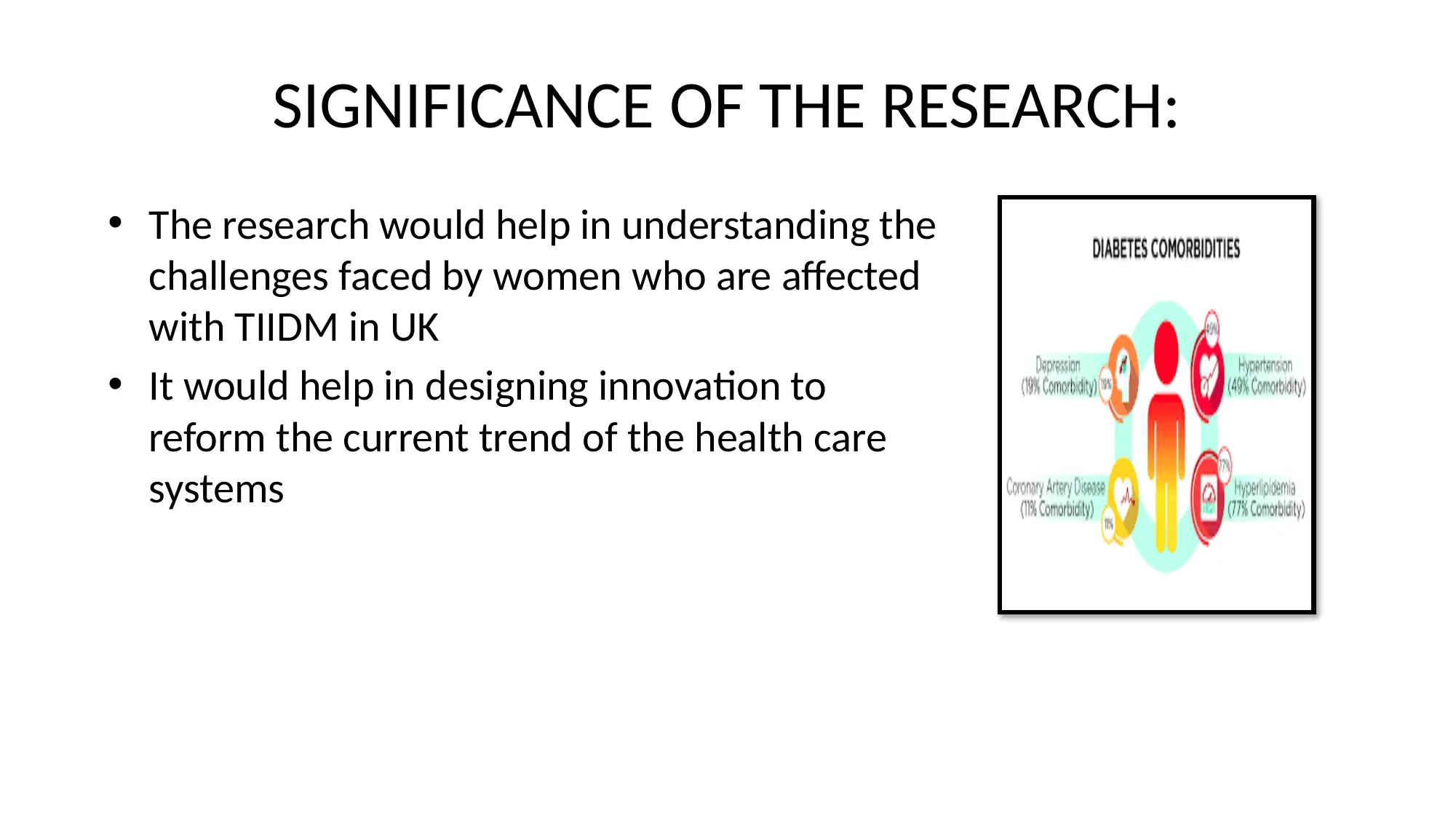
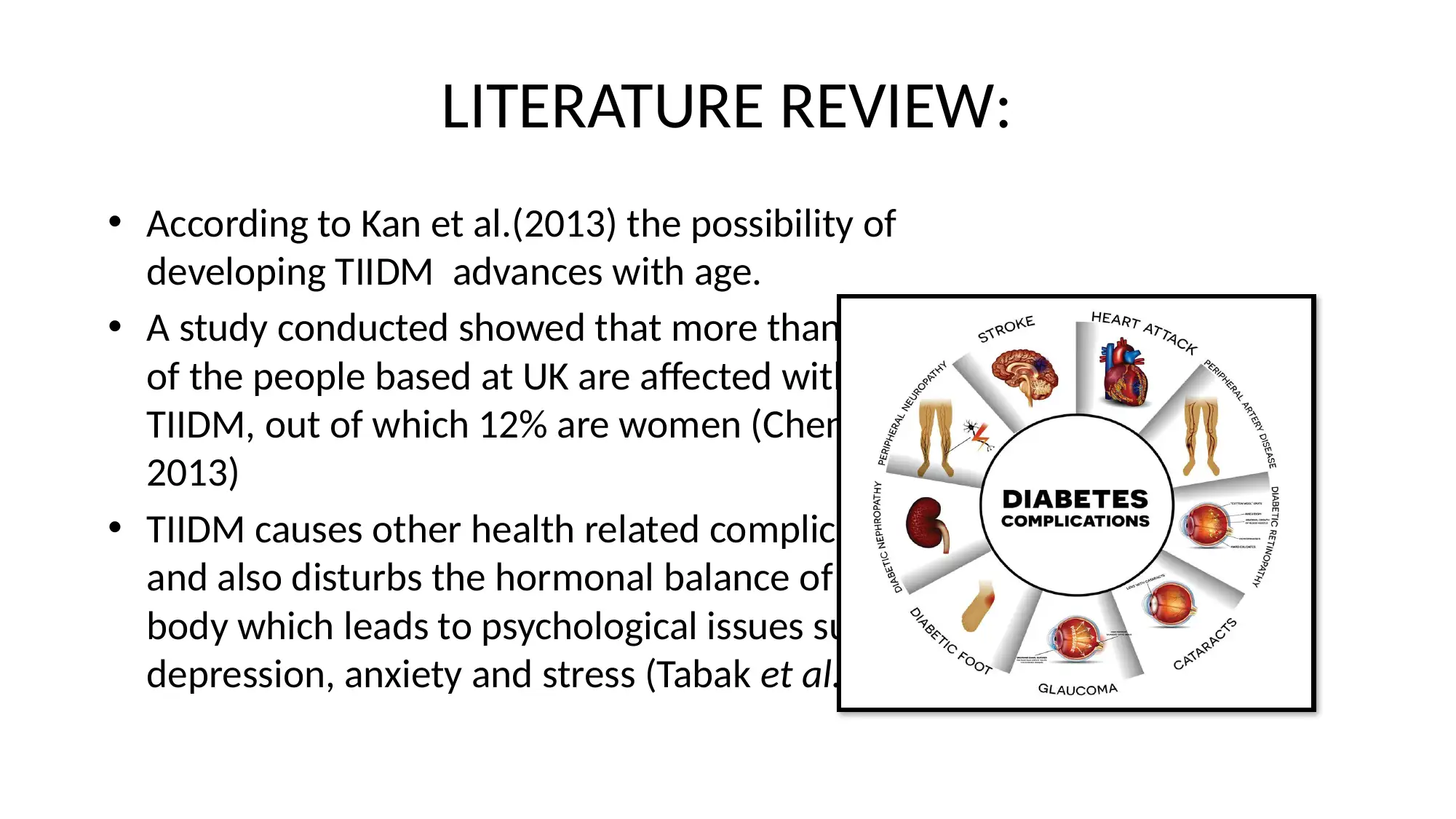
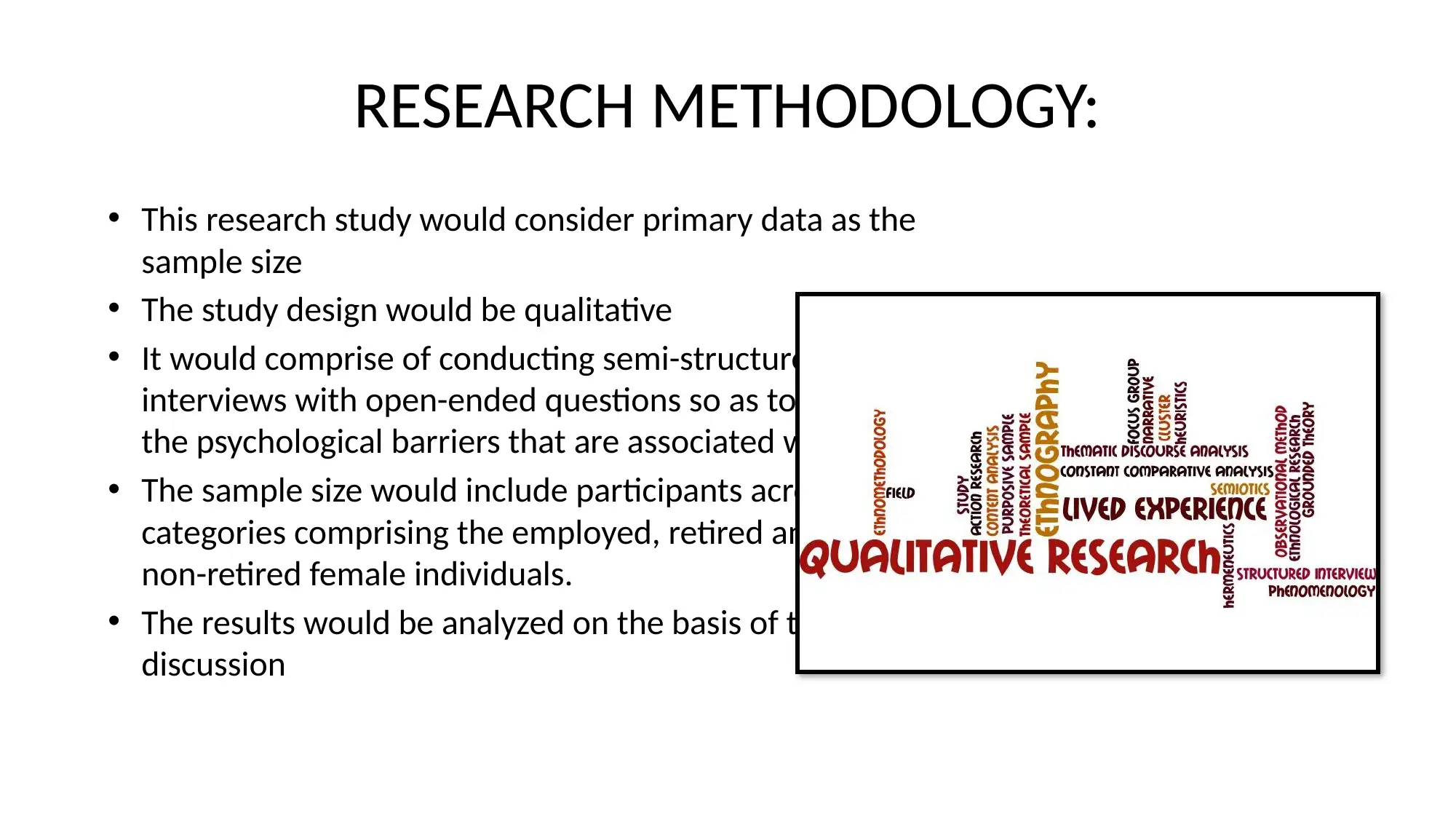
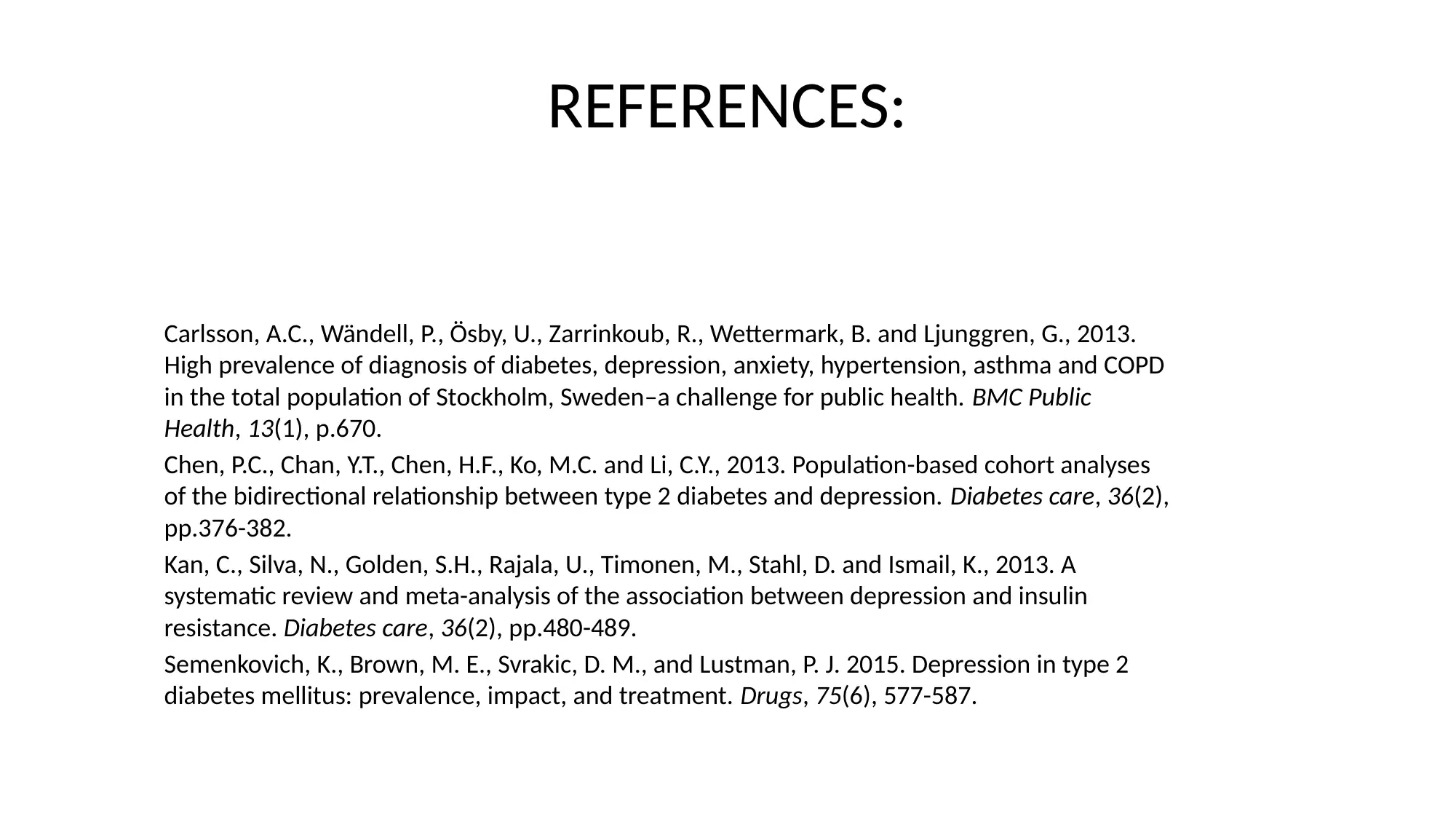
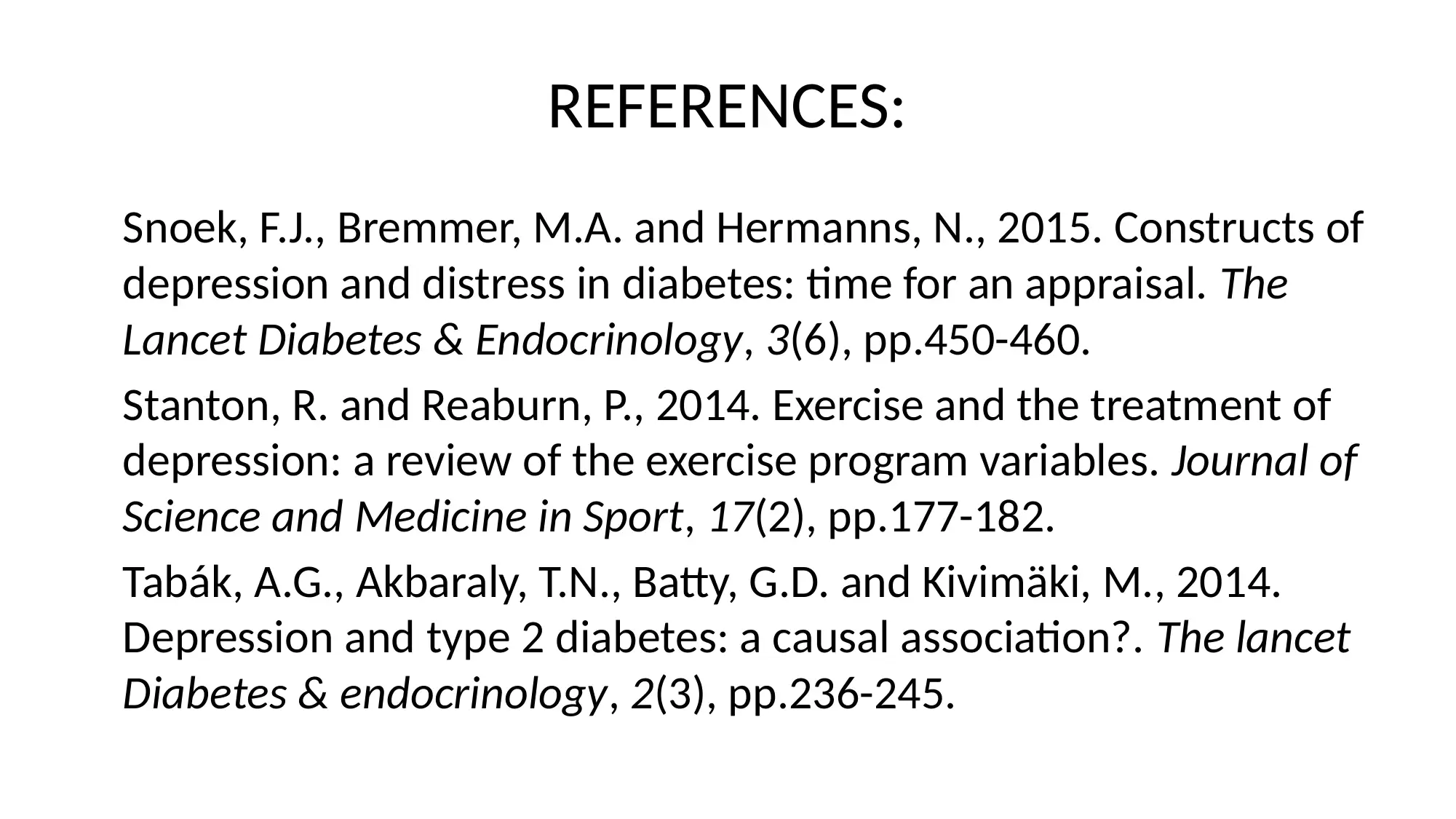






![[object Object]](/_next/static/media/star-bottom.7253800d.svg)